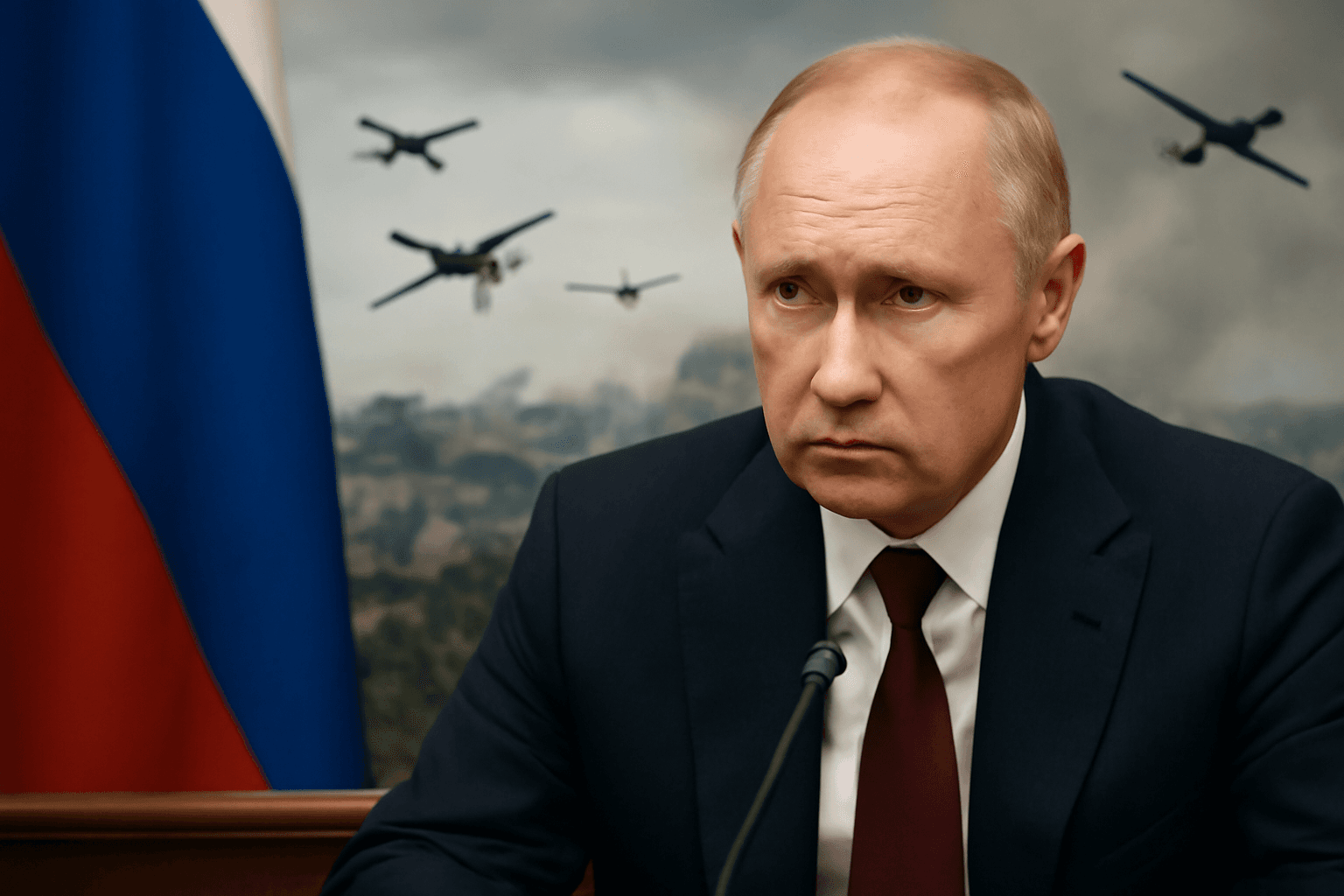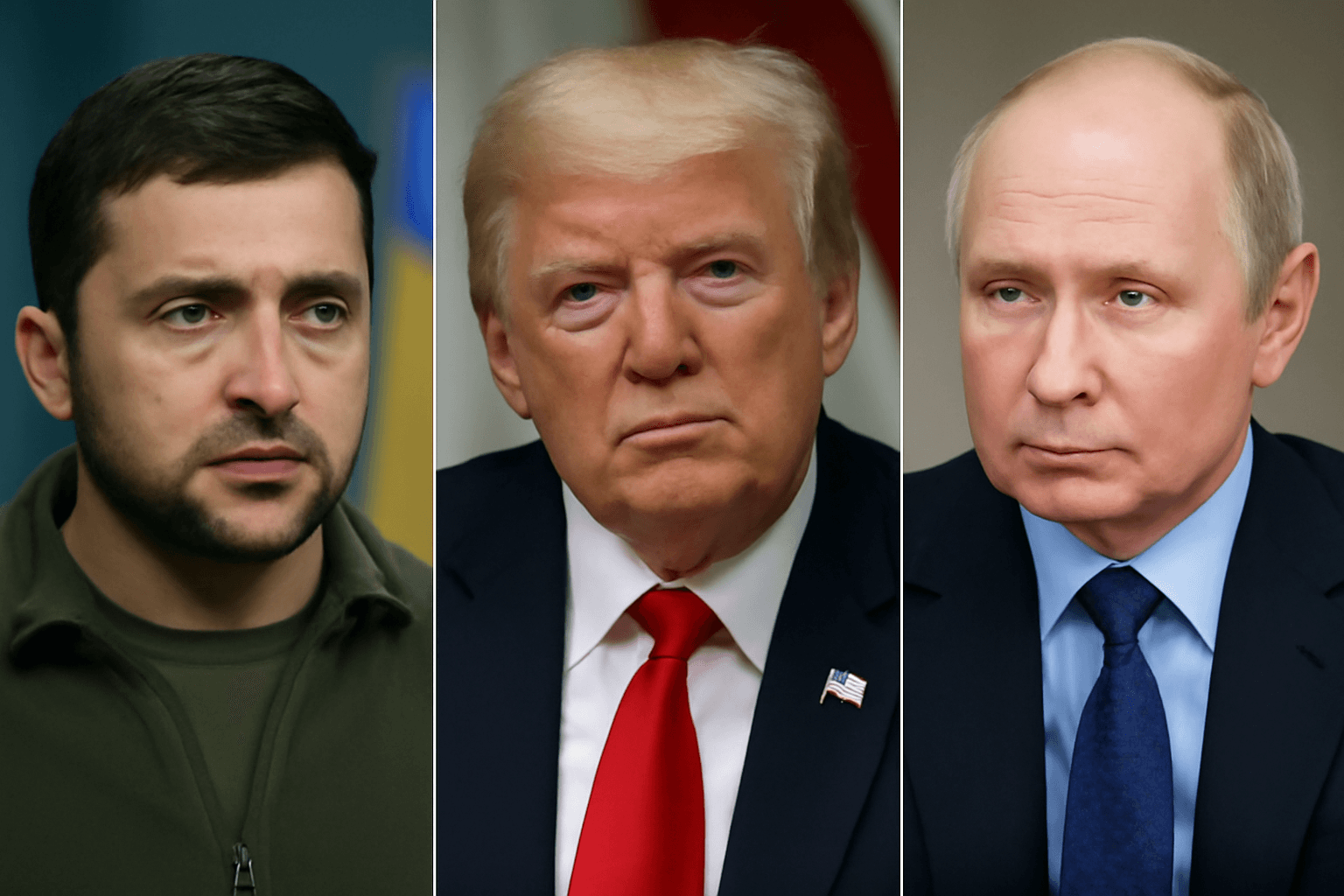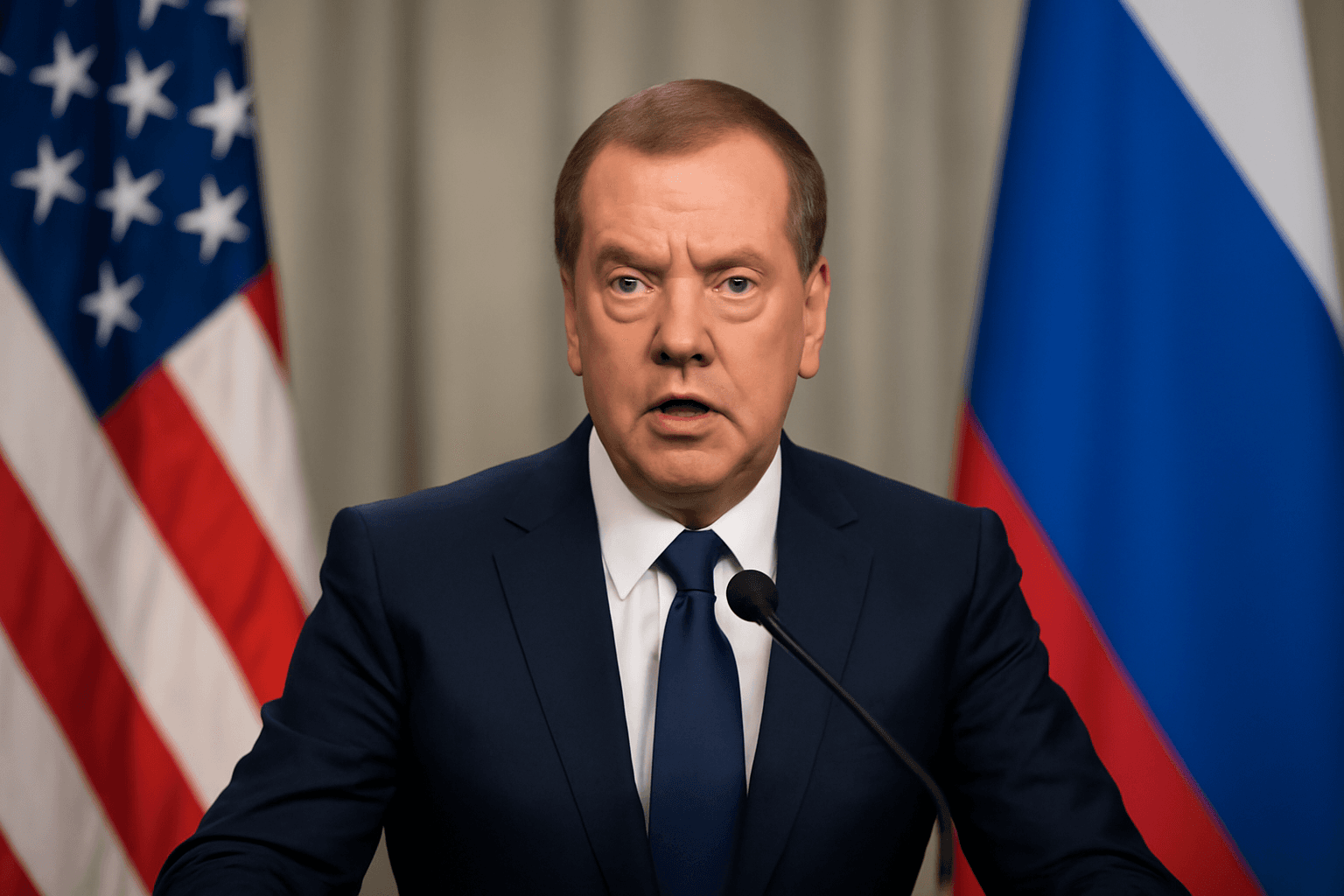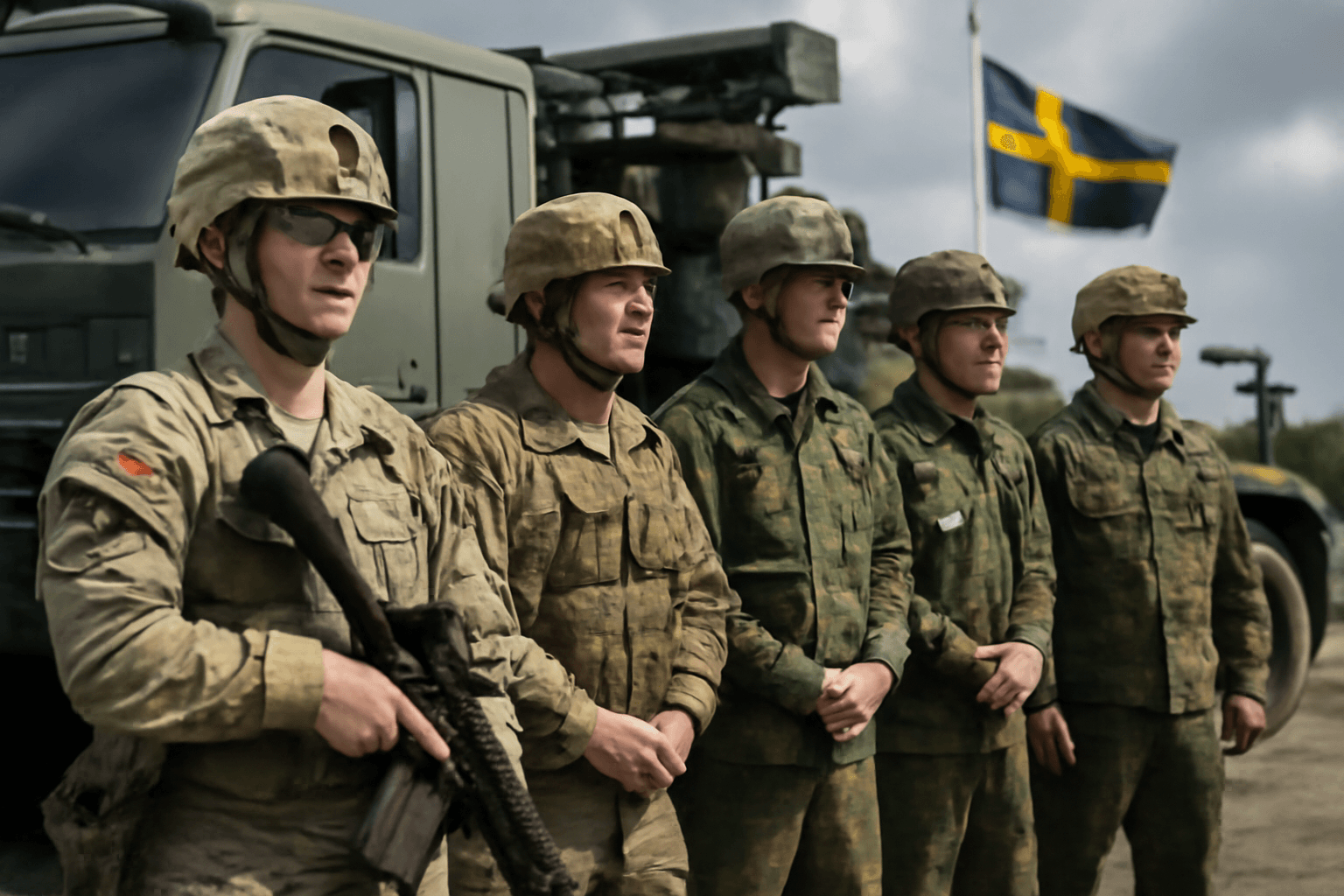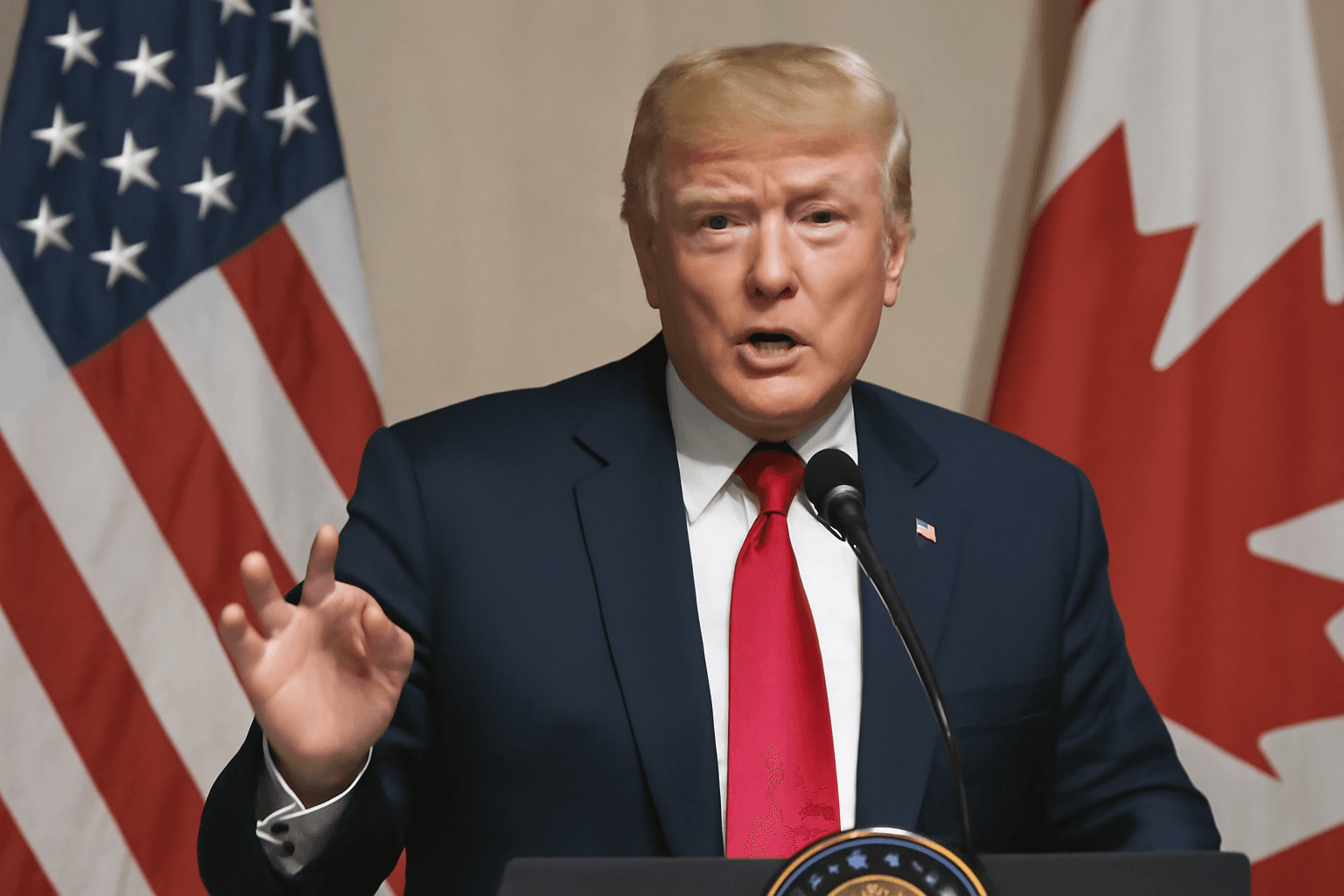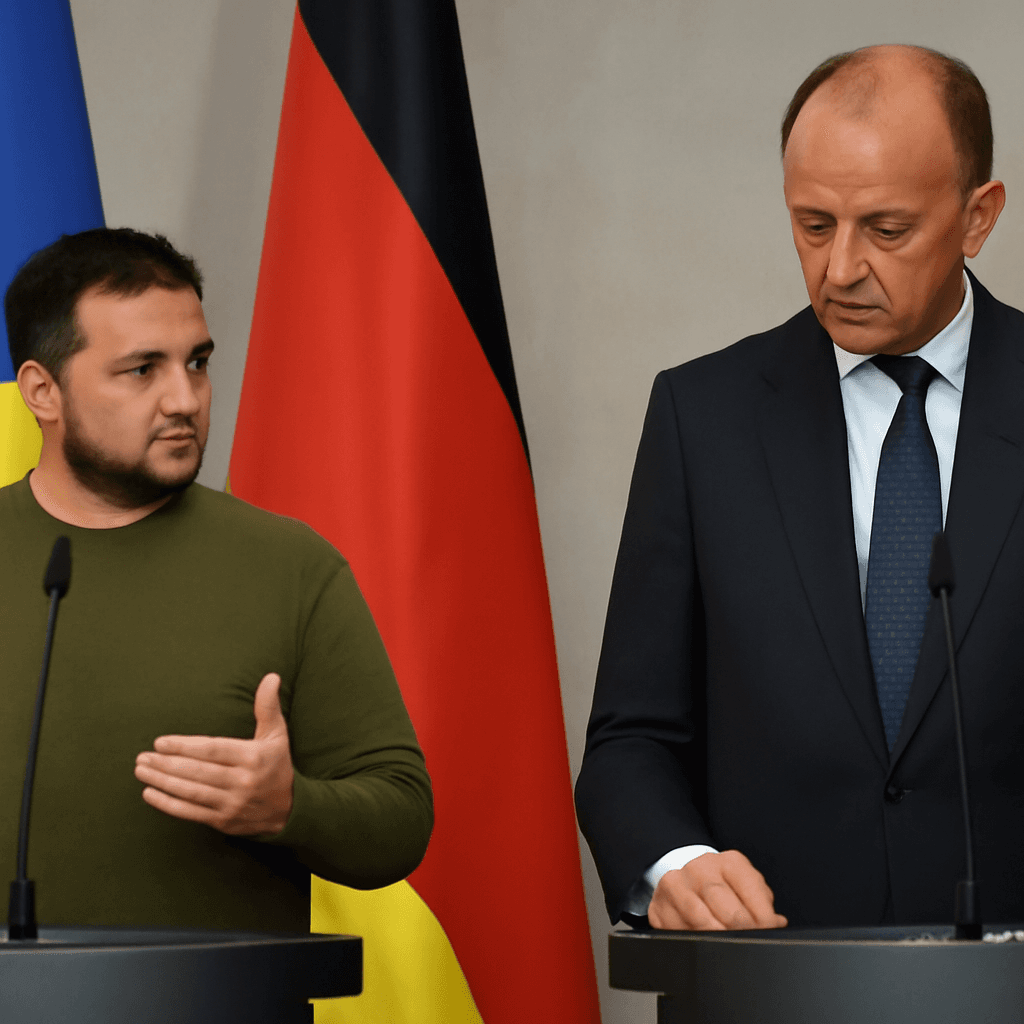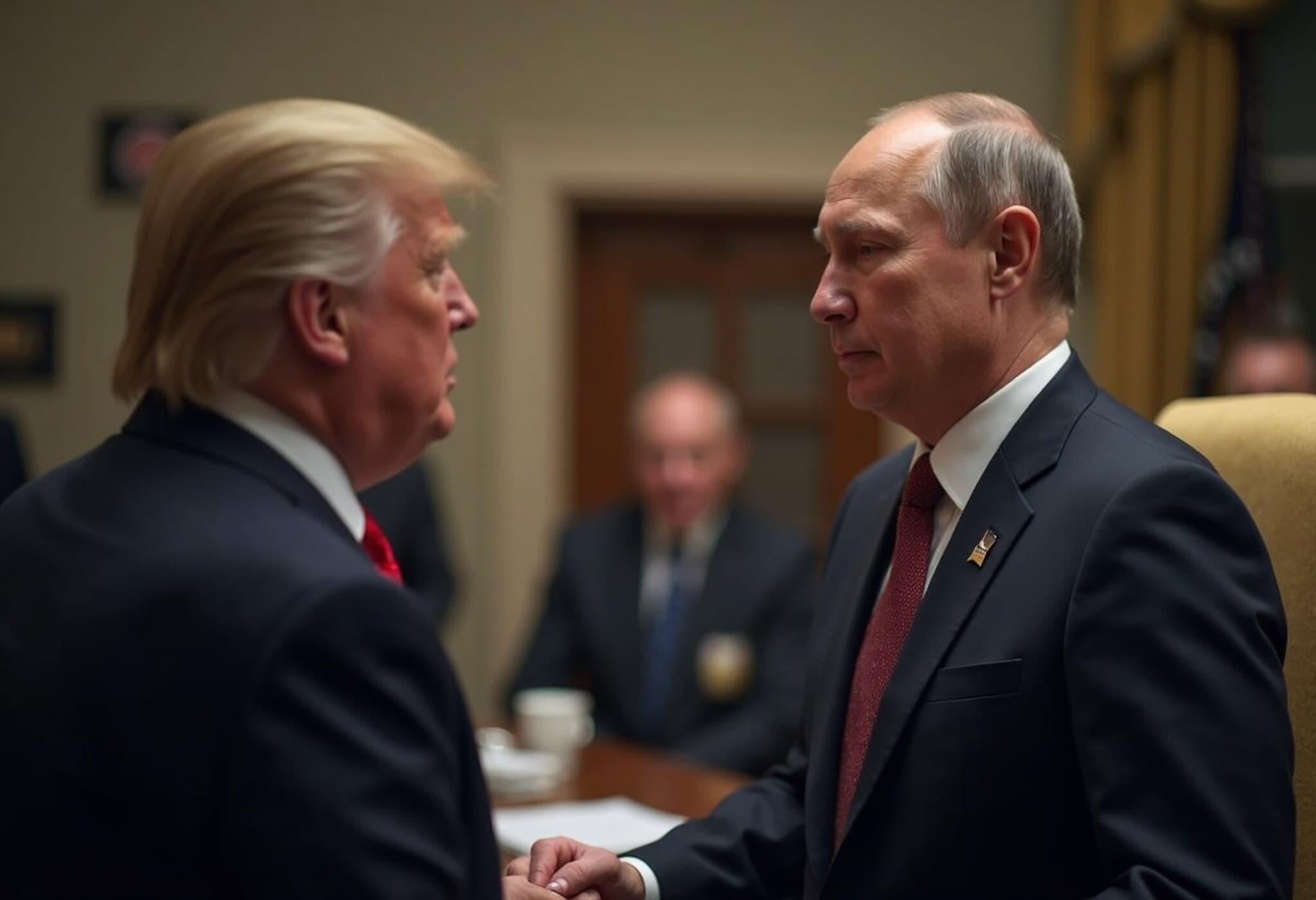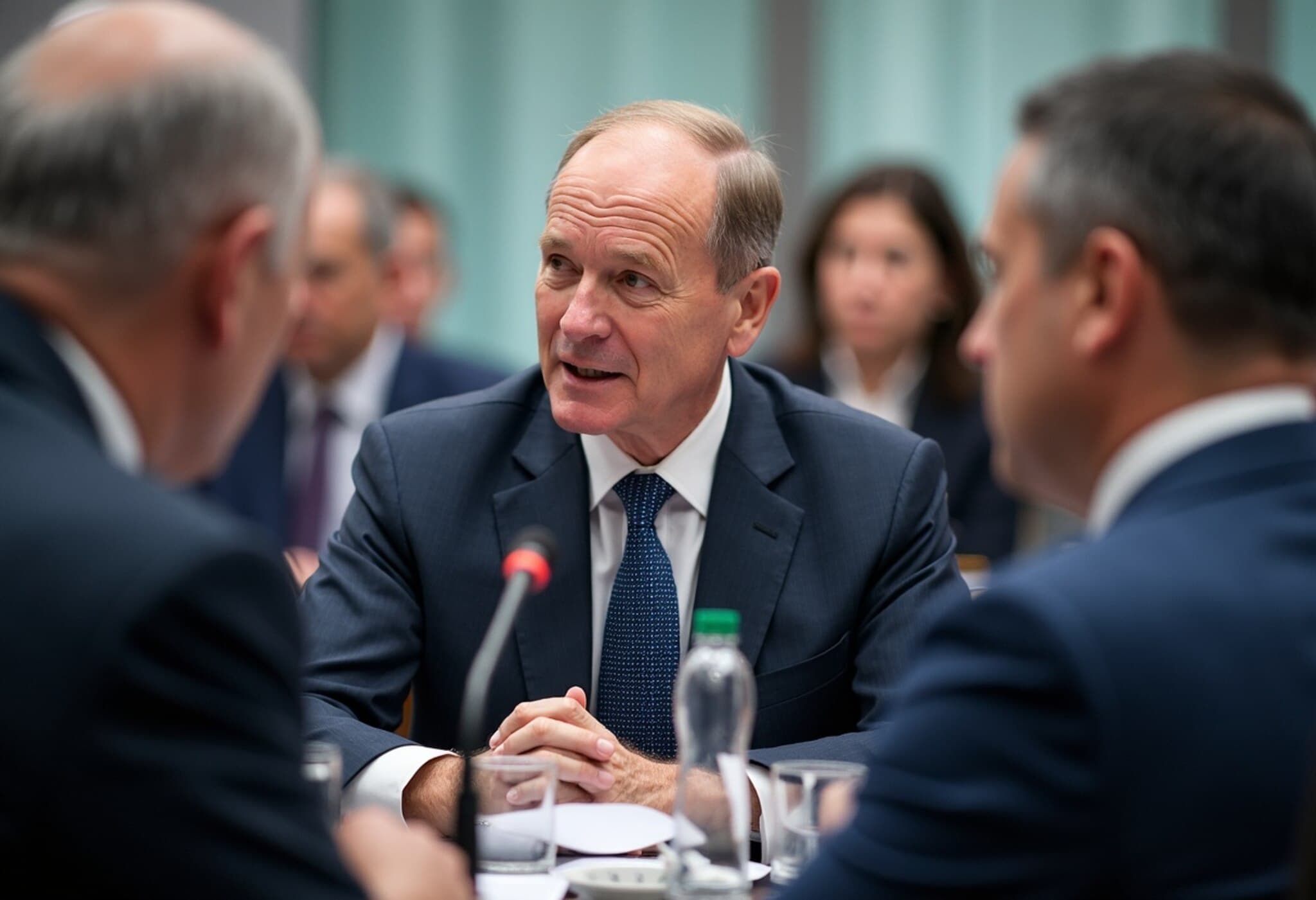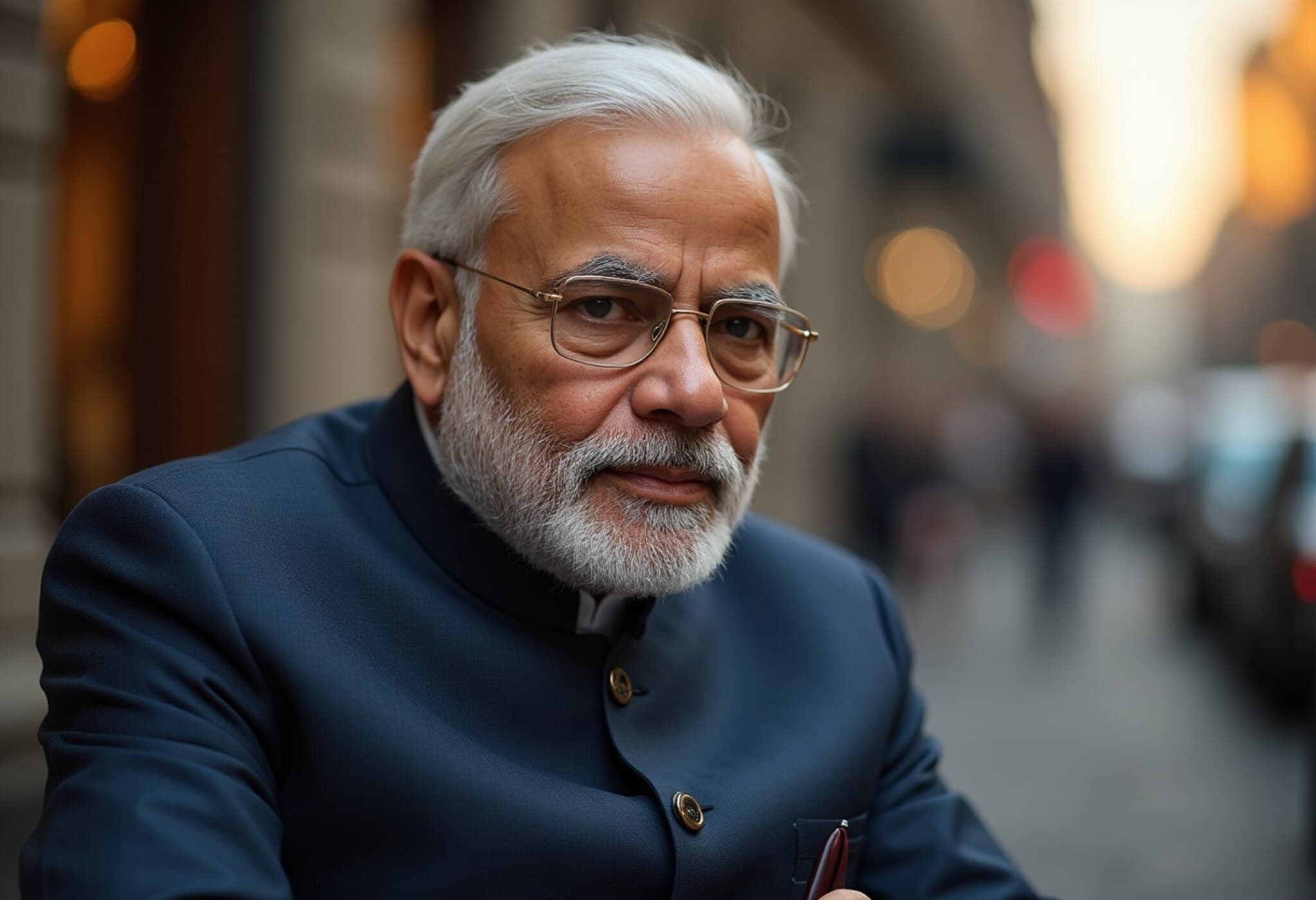Europe Channels Billions into Defence Amid Russia-Ukraine Conflict
As the brutal conflict between Russia and Ukraine rages on, Europe is reorienting its economic strategies in an unprecedented way: governments are injecting billions of euros into weapons production with the dual aim of deterring Moscow’s aggression and jumpstarting faltering domestic economies. But this aggressive defense spending raises a pressing question—can tanks and missiles truly fuel sustainable economic growth?
The Surge in Defence Spending: A Pan-European Phenomenon
Across the continent, the economic calculus has tilted sharply toward bolstering military capacity. In the UK, for example, Britain's Armed Forces Minister Luke Pollard witnessed firsthand the intricate electronics powering MBDA’s missile launchers at their Bolton facility. This moment coincided with London signing a substantial £118 million ($158 million) contract to procure six surface-to-air missile systems, underscoring a growing trend.
Pollard’s declaration to The New York Times that "Defence is the engine for growth" captures a new political zeitgeist in Europe, where military investment is increasingly seen as an economic stimulus.
But the UK is far from alone. Germany’s Rheinmetall, a major defense contractor, is expanding its workforce by 8,000—a strategic move as the country grapples with the decline of its once-mighty automotive industry. Italy has integrated itself into the EU’s new defense investment framework, with Prime Minister Giorgia Meloni actively courting arms manufacturers to translate defense contracts into civilian industrial benefits.
European Commission President Ursula von der Leyen bluntly articulated this alignment, stating, "Economic strength and Europe’s plan to rearm are two sides of the same coin."
Geopolitics Meets Economics: The NATO and U.S. Role
The rearmament wave is intertwined with geopolitical strategy. The United States and NATO recently unveiled the Prioritised Ukraine Requirements List (PURL), an initiative designed to accelerate military aid to Ukraine. Enabled by bipartisan support and driven by NATO Secretary General Mark Rutte, the U.S. is funneling military hardware in half-billion-dollar increments from existing stockpiles.
- The Netherlands pledged €500 million ($577 million).
- Scandinavian countries jointly committed $500 million.
- Sweden’s contributions focus on air defense, Patriot missile munitions, anti-tank weapons, and essential spare parts.
This transatlantic coordination highlights how defense spending fulfills dual roles: strategic deterrence against Russian advances, and as a lifeline for struggling defense manufacturers.
The Economic Gamble: Debating the ‘Defence Dividend’
Historically, post-Cold War Europe took a "peace dividend,” diverting funds from defense to social services and infrastructure. Now, that trend is reversed. UK Prime Minister Keir Starmer describes this as a "once in a generation" opportunity to combine national security with industrial expansion and job creation.
However, economists are split on the wisdom of this strategy. Kenneth Rogoff, a Harvard economist, put it starkly: "There’s nothing good about having to buy a tank instead of building a school." Statistical research suggests that while every dollar spent on military can increase GDP by about 50 cents, investments in education or infrastructure typically yield far greater long-term returns.
Yet proponents argue that much depends on where the funds go within the defense sector. Boosting research and development (R&D) could promote technological breakthroughs akin to those birthed from Cold War-era military research, such as GPS and the internet.
Ethan Ilzetzki of the London School of Economics warns against complacency, emphasizing that "just buying the same equipment from old producers limits innovation and economic uplift." His insights, drawn from a report with the Kiel Institute, urge European governments to channel funds into pioneering technologies.
Political Stakes and Social Realities
Despite economic debates, politics often tips the scales. Defense manufacturers like MBDA have already expanded their workforce by thousands in the past year, with plans for further growth. Rheinmetall’s new munitions plant in Germany is poised to add hundreds of jobs, providing some relief in regions hit by industrial decline.
Minister Pollard captures the spirit well: military spending is not only about security, but also about economic opportunity, job creation, and industrial strength.
Nevertheless, the European Commission tempers expectations, projecting the surge in defense investments will add a modest 0.3% to 0.6% to EU economic output by 2028. This suggests that while defense spending offers tangible benefits, it should not be viewed as a silver bullet for economic revival.
Looking Ahead: Cautious Optimism in Uncertain Times
As the war in Ukraine endures, Europe’s gamble on weaponry as an economic stimulant reflects the complex interplay between security imperatives and economic necessity. Whether this strategy pays dividends beyond enhancing defense capabilities will depend on smart investments in innovation and careful balancing of national priorities.
Editor’s Note:
Europe’s pivot to defense-driven economic policy raises crucial questions. Can military spending truly catalyze sustainable growth, or will it crowd out critical investments in education and infrastructure? How can governments ensure that increased defense budgets spur technological innovation rather than perpetuate outdated manufacturing? Amidst geopolitical uncertainty, the answers will shape Europe’s economic and security landscape for years to come.


